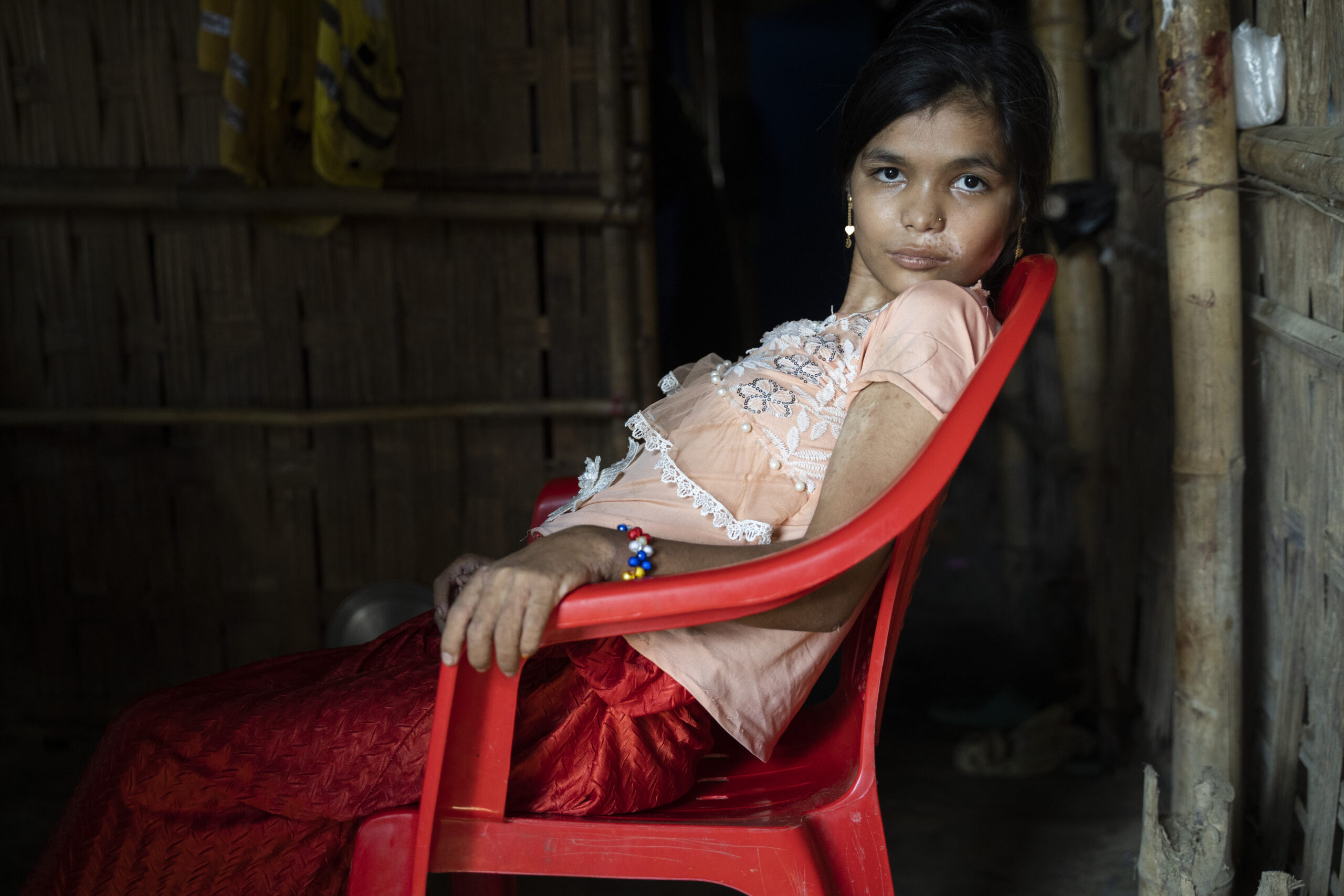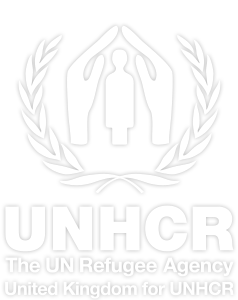Rohingya crisis
Rohingya children in Mina Raya camp, Aceh, Indonesia.
In Mina Raya camp, children can only receive informal education. Families like Hajira’s have been through so much. Please help them to survive and rebuild their lives.
Families like Hajira’s have been through so much. Please help them to survive and rebuild their lives.

Shelter
including extra protection against monsoons.

Clean water
to keep families safe from waterborne diseases.

Essential items
like mattresses, blankets and kitchenware.
What’s happening to the Rohingya people?
Violence and persecution in Myanmar have driven 1.1 million Rohingya from Myanmar and left nearly 2.8 million people internally displaced. These families have often trekked miles through the jungle, or braved dangerous sea voyages to reach safety.
Bangladesh generously hosts close to one million Rohingya refugees from Myanmar, making it one of the largest protracted refugee situations in the world. Many Rohingya families live in the Cox’s Bazar district of Bangladesh in overcrowded refugee camps with basic facilities, where they are highly exposed to weather-related disasters, such as cyclones, flooding and landslides.
The situation was further exacerbated by a fire that swept through Kutupalong Balukhali refugee camp in Cox’s Bazar on 5th March 2023, destroying buildings and leaving some 12,000 people homeless.
What’s happening in Myanmar?
2023 was marked by violence worsening and spreading across the country, claiming lives and displacing many families. Reduced humanitarian access, deepening poverty and devastating natural disasters exacerbated the needs of the displaced and host communities.
UNHCR worked with partners to provide protection, shelter, core relief items, camp coordination and camp management across the country. And as people fled from Myanmar to escape the new surge in fighting, UNHCR stepped up advocacy with other countries in the region to maintain open borders, access to asylum and humanitarian access for UNHCR and partners.
Who are the Rohingya?
The Rohingya are a stateless Muslim minority in Myanmar. Over a million Rohingya refugees have fled violence in successive waves of displacement since the early 1990s. The latest exodus began in February 2021, when conflict triggered by the military takeover in Myanmar resulted in new displacement, forcing thousands of Rohingya to flee to Bangladesh.
Where are Rohingya families fleeing to?
Most Rohingyan families cross the border into Bangladesh and end up in the refugee settlements of Kutupalong and Nayapara in the Cox’s Bazar district. But conditions there are tough and the scale of the influx is putting immense pressure on local facilities and services.
What are conditions like in the Rohingya refugee camps?
The camps are vast, overcrowded and basic. Kutupalong is now the largest camp of its kind in the world, with more than 942,000 people living in just 13 km². Infrastructure and services there are stretched to their limits, with many families lacking adequate shelter, clean water and proper sanitation.
How is UNHCR helping?
UNHCR teams lead the protection response and are hard at work in all the refugee camps of Cox’s Bazar – providing life-saving essentials to families. We also support education and healthcare initiatives, such as immunisation programmes to protect against disease. UNHCR also helps refugees fortify their shelters and prepare for the monsoon season.
What about the fire in Kutupalong Balukhali refugee camp?
On 5th March, 2023, a fire swept through Kutupalong Balukhali refugee (Camp 11) in Cox’s Bazar, destroying community buildings such as learning centres and hospitals, and damaging sanitation facilities such as toilets and water points– making clean water an urgent priority. Of the 32,000 people living in Camp 11, some 12,000 people were left homeless due to the fire.
In the aftermath of the fire, UNHCR, refugee community leaders and partners assessed the full extent of the damage done. UNHCR and partners began distributing emergency relief items such as kitchen sets and have been assisting families find each other after the fire, but more support is desperately needed.
UNHCR is also expanding the training of refugee safety volunteers who have basic disaster response training, and who can identify potential hazards in buildings and the landscape, which camp managers can then address. Through these prevention and response measures, UNHCR hopes to greatly improve the lives of people who have already endured so much hardship.
Where can I access the latest data and reports?
Rohingya Emergency Response – UNHCR’s relief work to protect displaced Rohingya in Bangladesh.
Bangladesh Operation – latest reports on UNHCR relief work in Bangladesh overall.
Myanmar Situation Portal – for latest updates on the crisis overall, including UNHCR situation reports and funding requirements.
Did you know that food insecurity is affecting some 12.9 million people – nearly 25 per cent of the population of Myanmar?

16-year-old Jubaida is a Rohingya refugee living with a disability in Kutupalong refugee camp in Cox’s Bazar, and needs special care in her every day life.
Alongside health partners, UNHCR is providing support such as rehabilitation services, wheelchairs and walking aids to Jubaida and other refugees living with disabilities in the camp.
Photo: ©UNHCR/Saikat Mojumder
16-year-old Jubaida is a Rohingya refugee living with a disability in Kutupalong refugee camp in Cox’s Bazar, and needs special care in her every day life.
Alongside health partners, UNHCR is providing support such as rehabilitation services, wheelchairs and walking aids to Jubaida and other refugees living with disabilities in the camp.
Photo: ©UNHCR/Saikat Mojumder

